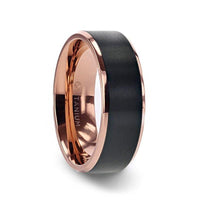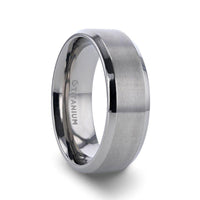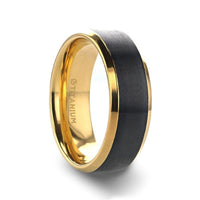SHOP PAY PAYMENT PLANS AVAILABLE. FREE SHIPPING ON YOUR ORDER TODAY!
Lab-Grown vs. Natural Diamonds: A Comprehensive Guide

Diamonds have long been cherished as symbols of love, commitment, and luxury. In recent years, the emergence of lab-grown diamonds has sparked a debate among consumers and experts alike. Should you opt for a natural diamond or a lab-grown one? Let's delve into the key differences in quality, cost, and market trends to help you make an informed decision.
Quality: Lab-Grown vs. Natural Diamonds
Lab-Grown Diamonds: Lab-grown diamonds are created using advanced technological processes that replicate the conditions under which natural diamonds form. These processes, such as Chemical Vapor Deposition (CVD) and High Pressure High Temperature (HPHT), produce diamonds that are virtually identical to natural ones in terms of chemical, physical, and optical properties.
-
Purity and Clarity: Lab-grown diamonds often exhibit fewer inclusions and impurities compared to natural diamonds, resulting in higher clarity grades.
-
Color: They can be engineered to achieve high color grades, including the most sought-after colorless (D) grade.
-
Durability: Lab-grown diamonds are just as hard and durable as natural diamonds, making them suitable for everyday wear.
Natural Diamonds: Natural diamonds are formed over billions of years deep within the Earth's mantle under extreme pressure and temperature. Each natural diamond is unique, with its own set of characteristics and inclusions that tell a story of its journey from the Earth to your jewelry.
-
Inclusions and Imperfections: Natural diamonds often contain inclusions and imperfections, which can affect their clarity. These imperfections are part of what makes each natural diamond unique.
-
Color Variations: The color of natural diamonds can vary widely, from colorless to various hues, depending on the presence of trace elements.
-
Rarity: The rarity of natural diamonds, especially those with high clarity and color grades, contributes to their allure and value.
Cost: Lab-Grown vs. Natural Diamonds
Lab-Grown Diamonds: Lab-grown diamonds are generally more affordable than natural diamonds. The controlled manufacturing process and shorter production time result in lower costs, which are passed on to consumers.
-
Price: Lab-grown diamonds can cost 20-40% less than their natural counterparts of comparable quality.
-
Value for Money: Consumers can often afford larger or higher-quality lab-grown diamonds within their budget.
Natural Diamonds: The cost of natural diamonds is influenced by their rarity, the mining process, and the market demand. Factors such as origin, carat weight, cut, clarity, and color play significant roles in determining their price.
-
Price: Natural diamonds tend to be more expensive, with prices increasing exponentially for higher carat weights and better quality.
-
Investment: Natural diamonds are often viewed as investments, with their value potentially appreciating over time due to their rarity.
Market Trends: Lab-Grown vs. Natural Diamonds
Lab-Grown Diamonds: Lab-grown diamonds are gaining popularity, especially among environmentally conscious consumers and younger generations who prioritize sustainability and ethical sourcing.
-
Eco-Friendly: The production of lab-grown diamonds has a smaller environmental footprint compared to traditional diamond mining, which involves significant land disruption and energy consumption.
-
Ethical Considerations: Lab-grown diamonds eliminate concerns about conflict diamonds and unethical mining practices, offering a transparent and traceable supply chain.
-
Technological Advances: Continuous advancements in technology are improving the quality and variety of lab-grown diamonds available in the market.
Natural Diamonds: Despite the rise of lab-grown diamonds, natural diamonds continue to hold a significant place in the market due to their historical value, emotional significance, and perceived uniqueness.
-
Tradition and Heritage: Natural diamonds are often associated with tradition and heritage, making them the preferred choice for heirloom pieces and significant life events.
-
Market Stability: The natural diamond market is supported by established brands and a robust global infrastructure, ensuring continued demand and value retention.
-
Rarity and Exclusivity: The unique characteristics and rarity of natural diamonds contribute to their enduring appeal and status symbol.
Conclusion
Choosing between lab-grown and natural diamonds ultimately depends on your priorities and values. If you seek affordability, ethical sourcing, and environmental sustainability, lab-grown diamonds are an excellent choice. On the other hand, if you value tradition, rarity, and the unique story of a natural gem, a natural diamond might be the perfect fit for you. Whichever you choose, both options offer stunning beauty and timeless elegance to cherish for a lifetime.
































































